Wrist Max Finger and Wrist Trainer is a specially designed grip strength handle, made by a company called “Arm Sport”. Its origin comes from the world of professional arm wrestling. If you’re old enough, you will remember Sylvester Stallone’s 1987 highly underrated movie “Over the Top”, in which he played a character named Lincoln Hawk and the fabulous Movie’s music by Sammy Hagar, “Winner Takes it All”. But even if you’re not into the world of arm wrestling but e.g. into tennis, having a Wrist Max in you gym-bag/arsenal might be a beneficial thing! In this article you will learn about the specialties of this grip-tool and how you might use it to treat a “Tennis Elbow”.
If you want to read more about Arm Sport’s special grip tools you can do so in my review about their “Cone Grips”.
Wrist Max – Finger and Wrist Trainer
ARMSPORT does it again, with the Wrist Max handle. This “cool tool” is one of the most effective handles for wrist & finger training. It’s perfectly designed to fit an athlete’s grip and stays comfortable during the training.
You have two size-options between you can choose, (L & XL), according to the size of your hand (see picture). So, if you have HULK-size like hand, you’re good to go, too.
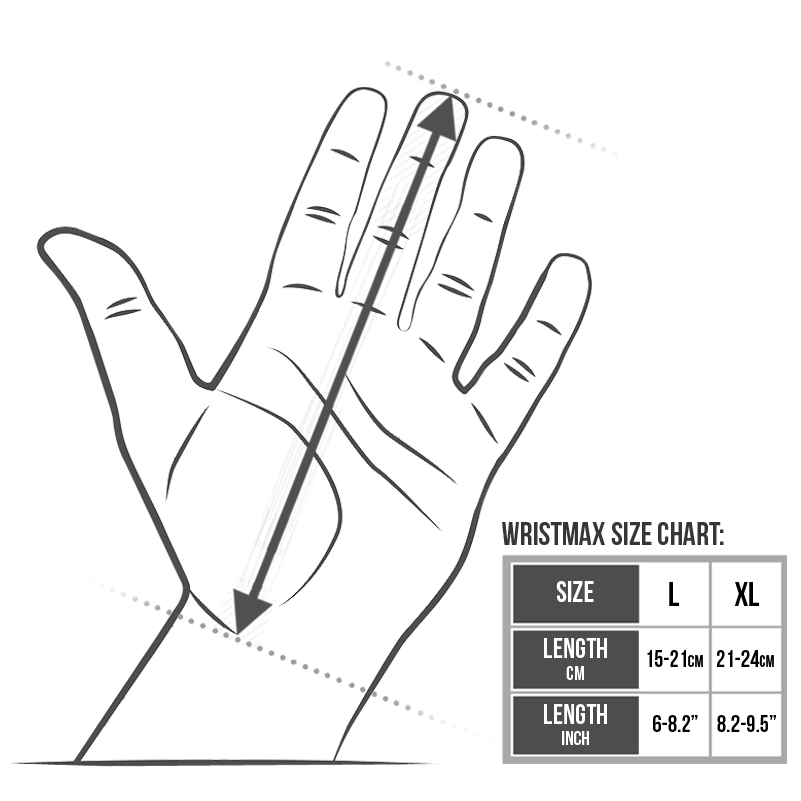
© Wrist Max.
The grip itself is made from super durable plastic with adjustable straps which prevent your hand from slipping off the device.
The form of the Wrist Max is C-shaped, to resemble an arm wrestling opponent’s back of the hand. It really fits within your own hand and is never uncomfortable!
Depending on how you grab it (see pictures) you can either place your whole palm on the grip tool or you emphasize the pressure by sparing the mid-part of the fingers and using the tips of the fingers instead.
Insert pictures of different grip positions
You can find a short but really good review by arm wrestling champion Davon Larrat from Canada.
If you want to get more in depth knowledge what the Wrist Max actually was designed for (to become a stronger arm wrestler) I highly recommend following Davon Larrat!
I’m not an arm wrestler but a Strength and Conditioning Coach! Therefore I’ll give you my point of view how anybody could structurally integrate this “cool tool” and use it, e.g. in a rehabilitation phase aside from pure sport specific training.
Wrist Max for Lateral Epicondylitis?
Wrist Max: I like to think outside the box. In addition, I’m a “Heilpraktiker” (Complementary and Alternative Medicine Practitioner). Therefore I also want to illuminate the Wrist Max from a therapeutic and possible rehabilitate view.
But before I tell how I use the Wrist Max to treat something that’s called “Medial Epicondylitis”, I will explain you what it is.
The term “Lateral Epicondylitis” derives from Latin latus = side, rim (Becher et al., 1995) and the constructed word Epi/condyl/itis, which is a composite of:
- Greek prefix epi = above (Becher et al., 1995)
- Greek condyl, respectively kondylos = bone joint, ankle (Becher et al, 1995)
- Suffix -itis = acute inflammation
Combining those three you get Epi/condyl/itis which is an “acute inflammation of the outmost part of a joint”. Add the word “lateral” and you get an “acute inflammation of the outmost part of a lateral joint”.
Another, colloquial, expression for this issue is “Tennis Arm”. To be more accurate a tennis arm is actually not an acute inflammation but rather a chronic ongoing (potentially) degenerative issue.
According to that, a more appropriate term would rather be “Lateral Epi/condyl/OSIS”.
With the suffix -osis describing a “chronic (degenerative) issue (in the tissue)”.
But how do you get a lateral epicondylosis? Well, due to my observation (also being a Strength and Conditioning Coach) I would say due to repetitive and forceful wrist extension and/or excessive supination, like e.g. playing a “back hand” in tennis.
What else might cause a Lateral Epicondylosis (“Tennis Arm”) in Tennis?
- An improper and/or new racquet (size)
- A new /faulty grip position
- Repetitive hitting into the wind
Wrist Max Rehab for Tennis Arm – An approach
So, how do I structurally integrate the Wrist Max in a rehab program for tennis arm?
First it is important to take care of your overused elbow joint. If it is acute, ice might help to reduce an inflammation but in the long run heat will do a better job (if it is a degenerative issue and not a “silent inflammation”!).

If a patient suffers from a restriction of range of motion (ROM) I’d recommend to get rid of possible adhesions and after that I’d (re)build up strength and coordination.
The Wrist Max can be used to strengthen the agonist muscles in the elbow and ensure, what my Mentor Charles R. Poliquin aka “Strength Sensei” (R.I.P.) would have described, a proper structural balance.
As the Wrist Max is designed for wrist flexion, this will be the choice first, to prevent the extensor muscles of the forearm from further stress. Later, the extensors will be integrated in a structural-balanced rehab program.
I would also highly recommend to strengthen the scapula stabilizers as they are often underdeveloped and play an important role for proper elbow, respectively wrist kinetics.
An acute rehab phase may last around 8 weeks, but you might speed up recovery by integrating useful tools and techniques like i.e. Frequency Specific Microcurrent (FSM), platelet-rich plasma, dry needling and/or soft tissue tools (like the Heskiers-Tool).
When a tennis player is ready to hit the court again I’d recommend making further adjustments, like thinking about an appropriate racquet (consider size and string tension), footwear for proper alignment etc.
You can find more about the importance of proper alignment in my articles:
- Rehabilitation of the Spine and Functional Training Handbook Review
- LIGNMENT FROM 🗣️ HEAD TO TOES 👣”
- POSTUREPRO BRAIN COACH PERFORMANCE CERTIFICATION REVIEW
Wrist Max – More Grip strength for a prolonged life?
Ok, but wait a second…a prolonged life due to a stronger grip?!
Yes, this seems to be true!
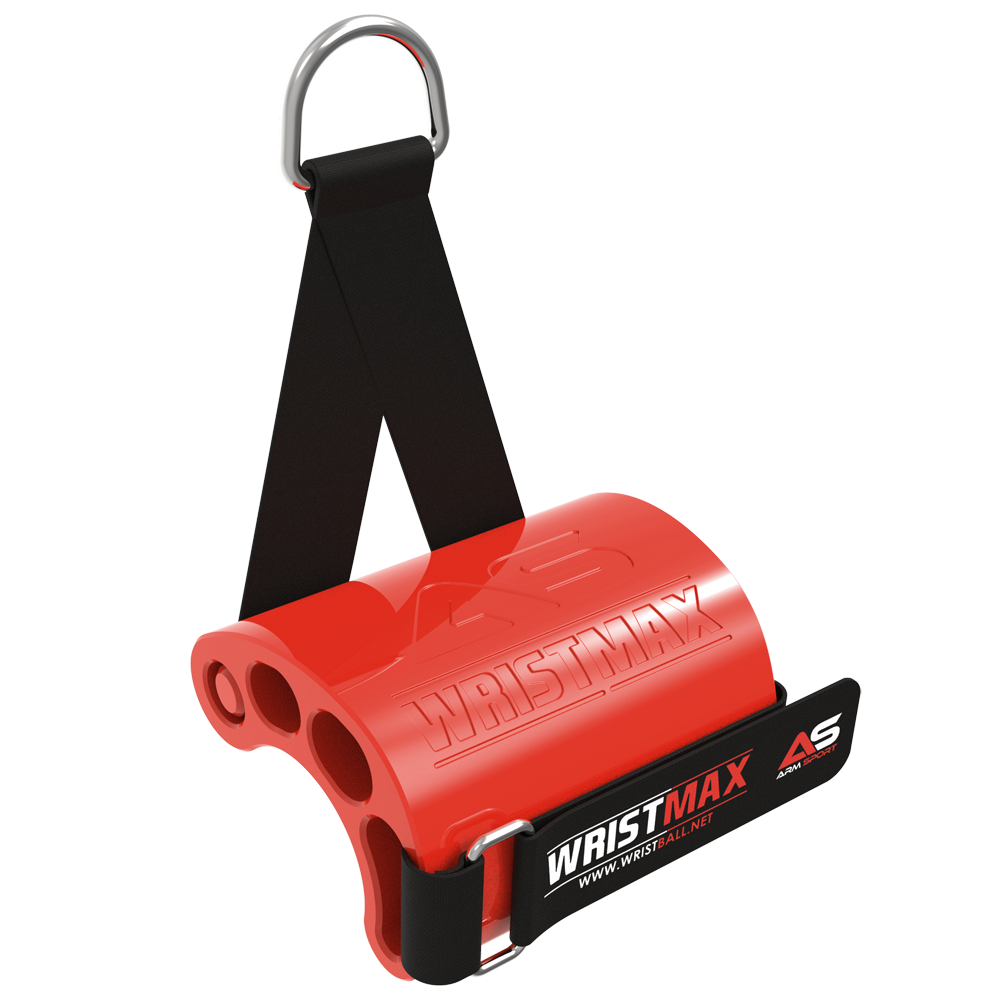
Besides the fact, that even in professional sport, training grip and neck training are probably the two most neglected pillars of strength training, studies found out, that a stronger grip is actually a better vital parameter for overall health than the blood pressure (at least in middle aged and older people)!
According to a nationwide population-based Taiwanese study the relative hand grip strength seems to be a simple indicator of cardiometabolic risk among the aforementioned middle-aged and older people.
Another study form 2016 states, that:
„(…) handgrip strength, may be a better tool to capture conceptual concomitant health, which may be a simple, inexpensive, and easy-to-use tool when targeting cardiovascular health in public health level” (Lee et al., 2016).
Furthermore, a study with the title: “Grip Strength is Associated with Longitudinal Health Maintenance and Improvement in Adolescents” came to the conclusion that:
„Greater NGS is associated with longitudinal health maintenance and health improvements in adolescents. Low NGS could be used as a prognostic indicator of cardiometabolic risk and to identify adolescents who would benefit most from lifestyle interventions to improve muscular fitness.“ (Peterson et al., 2018).
The abbreviation NGS is used in this study for “Normal Grip Strength”. In addition, a 2017 study claims that:
„(…) higher baseline GS and 5-year increase in GS were protective of mortality, whilst GS decline was associated with an increased risk of mortality in the very old over 9.6 years, especially in women. These results add to the biological and clinical importance of GS as a powerful predictor of long-term survival in late life.“ (Granic et al., 2017).
In this study they used “GS” for abbreviating the term “Grip Strength”.
Another study from 2018 investigated the relation of grip strength (GS), cardiorespiratory fitness (CRF) and overall mortality risk found out that:
“CRF and GS are both independent predictors of mortality. Improving CRF and muscle strength together, as opposed to single optimization alone, can be the most effective behavioral strategy to reduce overall mortality and cardiovascular risk.” (Youngwon, 2018).
It can be seen that there are numerous studies on the meaningfulness of grip force measurement, respectively grip strength training.
Of course, this article does not claim to have listed every study on the benefits of grip strength! If you want to read more studies, you should simply go online and search for example for the key words: grip force measurement, hand force measurement, grip strength measurement etc.
Wrist Max – Review Conclusion
Wrist Max – So, what’s the deal of the big deal? First of all, it is very pricy! Depending on the size (L, XL) the models range between 39,90$ to 44,90$, which is – to be honest – more than fair!
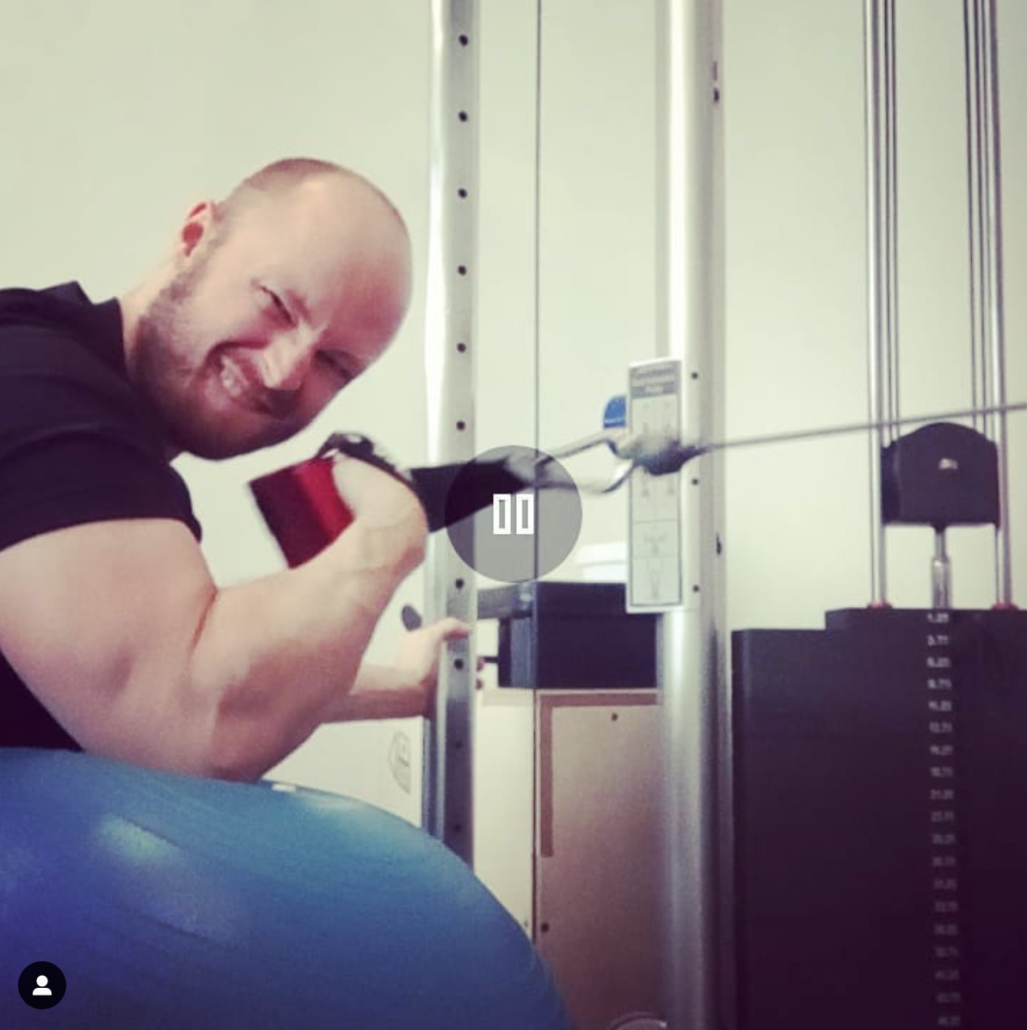
Furthermore, it is a very versatile tool that can also be used for strength/hypertrophy phases and/or rehabilitation in strength and conditioning, not only in arm wrestling!
Considering that and it’s great portability makes the Wrist Max a real “cool tool” for every “gym rat”, professional athlete, “weekend warrior” or strength facility.
I would highly recommend you to also invest in the Arm Sports’ “ConeGrips” to further stack your “arm-arsenal”.
Having a strong grip clearly shows benefits of a prolonged life. According to that, investing in a useful tool like the Wrist Max makes total sense for me.
It seems to be a pretty useful tool while being in a reha phase and dealing with lateral epicondylitis/-osis (“Tennis Elbow”).
Conclusion: go and get one !
© HP Bernd Stößlein, Master of Business Administration in Sportmanagement.
If you liked this article please share it with your friends, subscribe to the newsletter and the blog.
If you like to book a professional online/offline consultation please feel free to contact me: info@bernd-stoesslein.de
Literature
Lateinisch-griechischer Wortschatz in der Medizin, S. 75.
Lateinisch-griechischer Wortschatz in der Medizin, S. 114.
Lateinisch-griechischer Wortschatz in der Medizin, S. 121.
Lee WJ; Peng LN; Chiou ST; Chen LK. Relative Handgrip Strength Is a Simple Indicator of Cardiometabolic Risk among Middle-Aged and Older People: A Nationwide Population-Based Study in Taiwan. Plos One 2016, 11 (8), 0160876 DOI: 10.1371/journal.pone.0160876.
Peterson MD; Gordon PM; Smeding S; Visich P. Grip Strength Is Associated with Longitudinal Health Maintenance and Improvement in Adolescents. The Journal of Pediatrics 2018, 202, 226–230 DOI: 10.1016/j.jpeds.2018.07.020.
Granic A; Davies K; Jagger C; M Dodds R; Kirkwood TBL; Sayer AA. Initial Level and Rate of Change in Grip Strength Predict All-Cause Mortality in Very Old Adults. Age and Ageing 2017, 46 (6), 970–976 DOI: 10.1093/ageing/afx087.

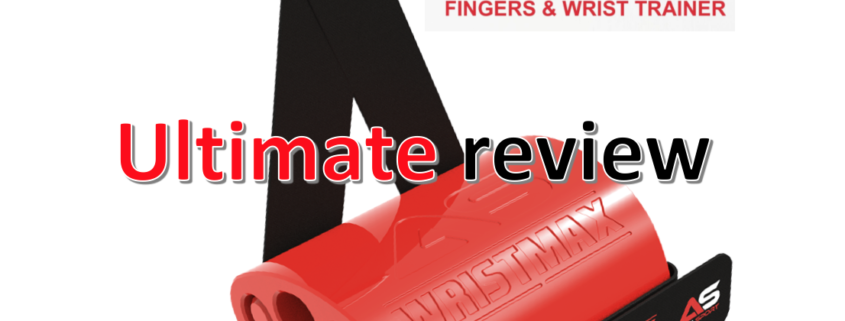

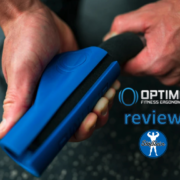
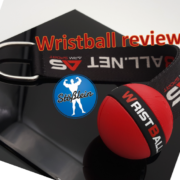


I need one. How do I order?
Hi John,
I don’t sell it. Please go to https://wristball.net/
Best,
Bernd